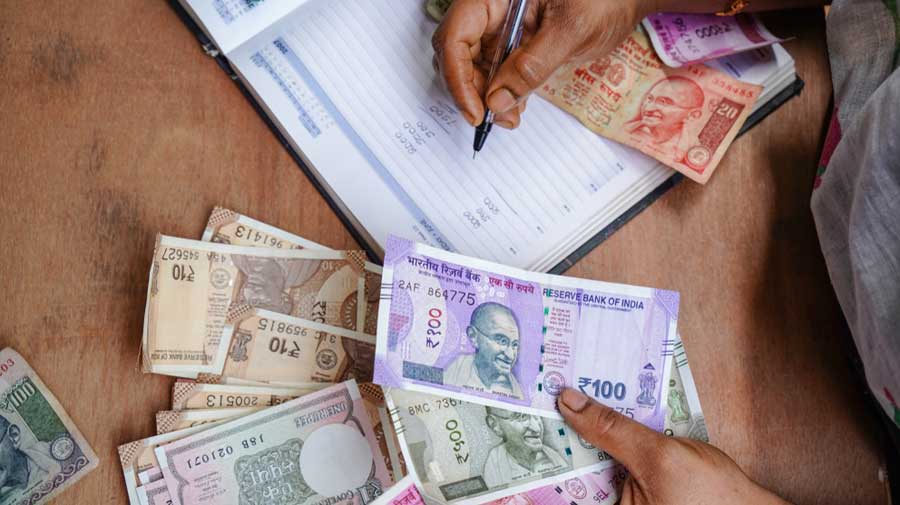That India is a deeply unequal society is no secret. Still, a recent report by the global non-profit group, Oxfam, has revealed that the income gap between the ultrarich and the rest of the country has reached stunningly unhealthy levels. According to the report, the richest 1% of the population own more than 40% of the country’s total wealth. The top 5% are holding 62% of the national wealth. Meanwhile, of the total wealth generated in India between 2012 and 2021, only 3% has gone to the bottom 50% of the Indian population. That demolishes any notion that India’s economic rise in recent years has led to any meaningful trickle down effect for the vulnerable sections of its society. The widening income gap in India is in keeping with global trends: the Oxfam report found that globally, the richest 1% grabbed twice as much of new wealth generated since 2019 as the remaining 99% of the world’s population. Yet India is unique: no other country boasts two multibillionaires among the 10 richest people in the world while also having 200 million people living in poverty.
This growing inequity is not just a consequence of global challenges like the Covid-19 pandemic and the Ukraine war but is also an indictment of government policies. The Oxfam report concludes that the richest 10% of the population contribute only 4% to the nation’s goods and services tax collections while the bottom 50% pay 64%. Under Prime Minister Narendra Modi, India has also slashed its corporate tax rate from 30% to 22%, and for new manufacturing companies from 25% to 15%. Those moves were meant to promote a business-friendly image and encourage investment. But India’s investment rate has also dropped in recent months. Mr Modi came to power in 2014 with the promise of ‘Sabka Saath, Sabka Vikas’. Nine years later, his policies appear to have had the polar opposite effect, helping those already at the top of the wealth pile while widening the income gap. That is bad economics — an economy needs more people capable of buying commodities and services. It also leaves India’s future in peril, far too dependent on a few individuals with unimaginable wealth and the clout that it brings. Governments will come and go. India will have to live with the consequences.











